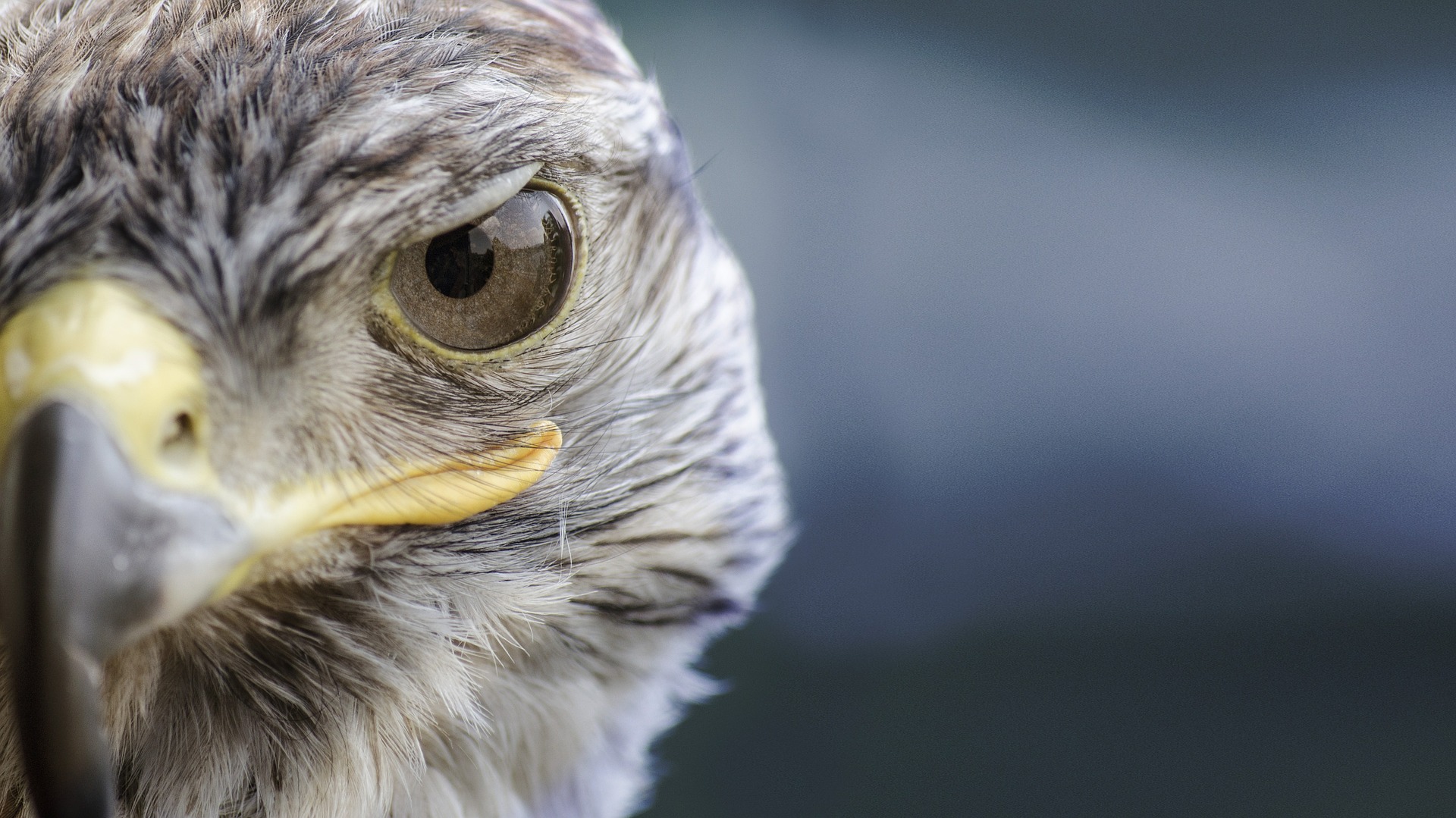Peregrine Falcons

The Peregrine Falcon is the world’s fastest bird, reaching speeds of up to 242 miles per hour. To be able to fly at these speeds, their beaks have special adaptations that allow for changes in air pressure, without causing harm to the bird. These beautiful creatures have even inspired the design for many jet engines; many jet engines were unable to handle certain speeds and it led engineers to question how the Peregrine Falcon is able to do so. By examining the falcon’s beak, scientists were able to discover that there is a small cone that protrudes slightly. This information, shared with aero engineers, helped to create a cone similar to that of the Peregrine Falcon’s beak to help jet engines handle high speeds.
Peregrine Falcons can travel a massive distance, especially during breeding season. Their name is derived from the Latin word ‘peregrinus’ which means ‘wanderer’ or ‘pilgrim’, which is perfectly fitting for these birds. To identify one of the incredible falcons, you will notice they are similar in size to a crow, but rather than being black, they have a blue-ish grey back with a white underbody and a head that is nearly completely black. Peregrine Falcons have piercing black eyes with long wings that have pointed ends and a short tail. You will also be able to recognize them by the black, almost mask-like appearance, colouring underneath their eyes.
With a vision eight times more acute than a human, Peregrine Falcons are considered to have binocular vision. Amazingly, they can actually see pretty from more than three kilometres away! You will notice that as they stoop down on prey, their head is angled at 40 degrees, which actually helps them see more clearly. A third eyelid protects their eyes as they dive down, creating tears to wash away any particles that could come into contact with their eyes, ensuring clear and unobstructed vision.
The Peregrine Falcon’s main source of food comes from pigeons, although you will find that they will also attack small ducks, quails, moorhens, plovers and grebes during their migratory season. The fact that they mainly feed off pigeons caused them to become a protected species, as they were a target during the World War II.
You can normally see Peregrine Falcons anywhere in the world, except Antarctica, although they do prefer coastal areas. Do you want a chance to see the fastest animal on the planet? Check out Peregrine Falcons live stream to watch these birds, all from the comfort of your home.
